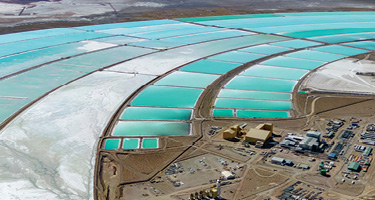Do we all love memes?
By Ana Vargas | 26-Oct-2022
Nowadays, memes constitute a strong element of pop culture, and we all love to scroll, find, share, turn them into stickers, make examples related to our life and circumstances, tease our family and friends with personal references and laugh at them. Yet, is it all so funny and entertaining to everyone?
Do we ever consider the story behind the image and, most importantly, if any exclusive rights or image rights are associated with whatever seems so funny to us? Does this constitute an invasion of privacy? Does this constitute a violation? Can there be any repercussions?
As we all know, Copyrights are practically instant rights that do not need to achieve registration to exist and be enforceable. Copyright protection is frequently related to a lucrative conduct and a profit or benefit; however, what about image rights?
Well, it must be said that dignity is a characteristic of all human beings and is the base of all human rights. The means and ends of the use of our image, our identity, and our voice are fundamental rights that have a double dimension. In a positive form, we can authorize third parties to capture, reproduce and publish our image or in a negative form; we can forbid all of these actions.
This sounds very reasonable, but with the speed of technology and the lack of international boundaries provided by the internet, an image can be captured and spread worldwide instantly without us even knowing. These images in the communication process are frequently adapted, altered, and of course, often misused, all of this without our consent or authorization, furthermore without our knowledge.
In the fast times that we are living, people (including small children) are reaching the status of celebrity for basically no reason other than being turned into a meme and going viral. But what happens with image rights, and are they enforceable? The answer is yes, but the complexity of doing so is a different matter.
In general terms (subject to each legislation), it is indeed possible to sue anyone for the unauthorized reproduction of our image. To this end, the general steps would be to identify the infringer, document the violation, and file within a court. The problem arises when thousands of users reproduce and share the image in question. Platforms have more friendly and less costly solutions. For example, in accordance with the terms of service of WhattsApp®, the image can be removed or blocked if detected as a misdirection of Intellectual Property.
Catching up with the speed of pop culture is not an easy task, but legislation is making significant efforts to do so. The U.S.A. has developed a Copyright Claim Board to speed up time and reduce costs in claims of this nature. It shall not come as a surprise that many of these cases are resolved by means of a settlement. In any case, as technology advances, legal and enforcement devices do so to pair as fast as possible.
As for memes that do not represent a self-image violation, we must not forget that they still hold rights. But the question here is, who is the owner of those rights? The person who created the original image? The person who modified and impressed its creativity to turn it into a funny meme? Shall this be considered a derivative work?
A thousand questions can be made regarding this subject, but one recommendation always stands. If you are the creator of any of these pop culture representations, stay true to yourself and be creative!
















